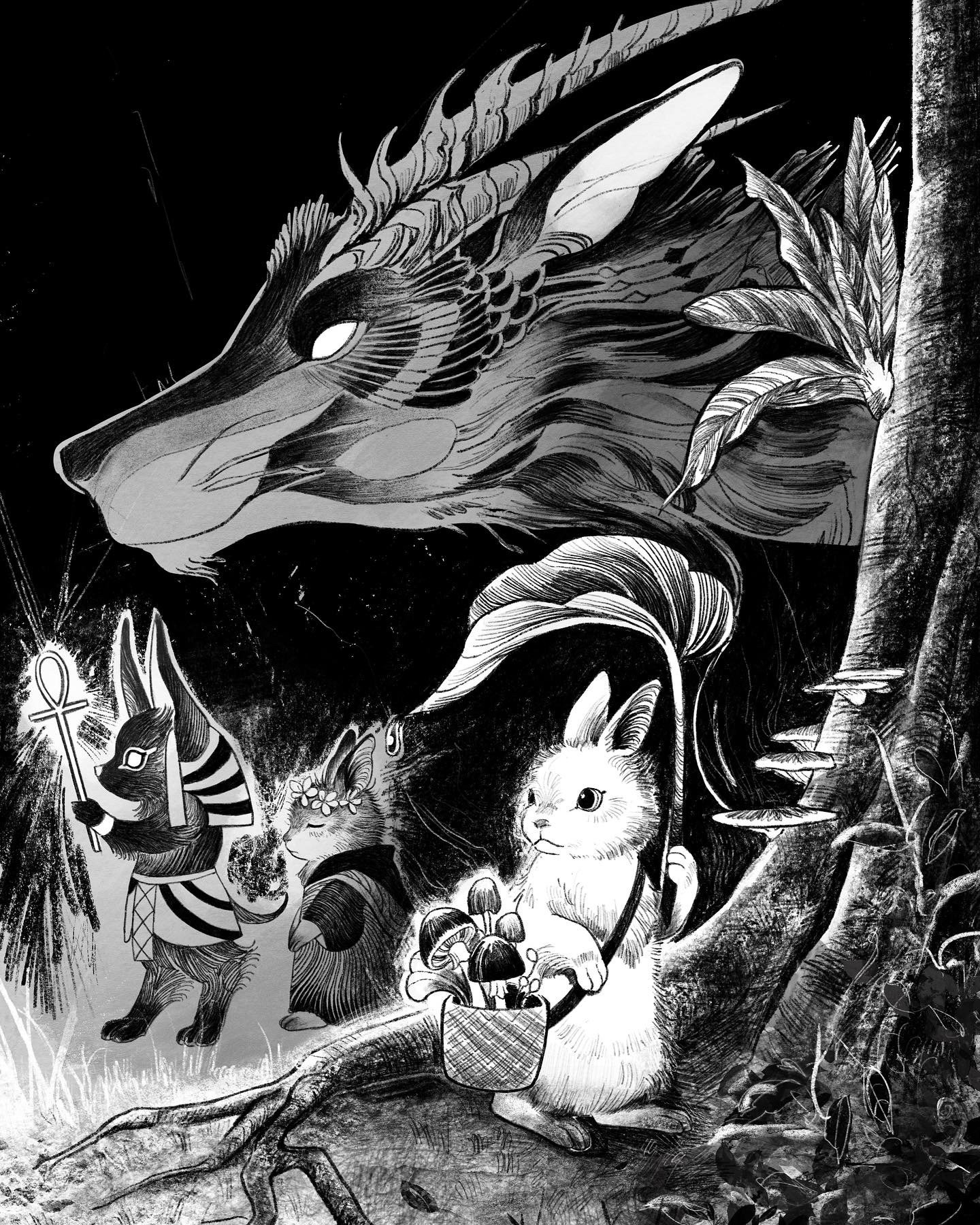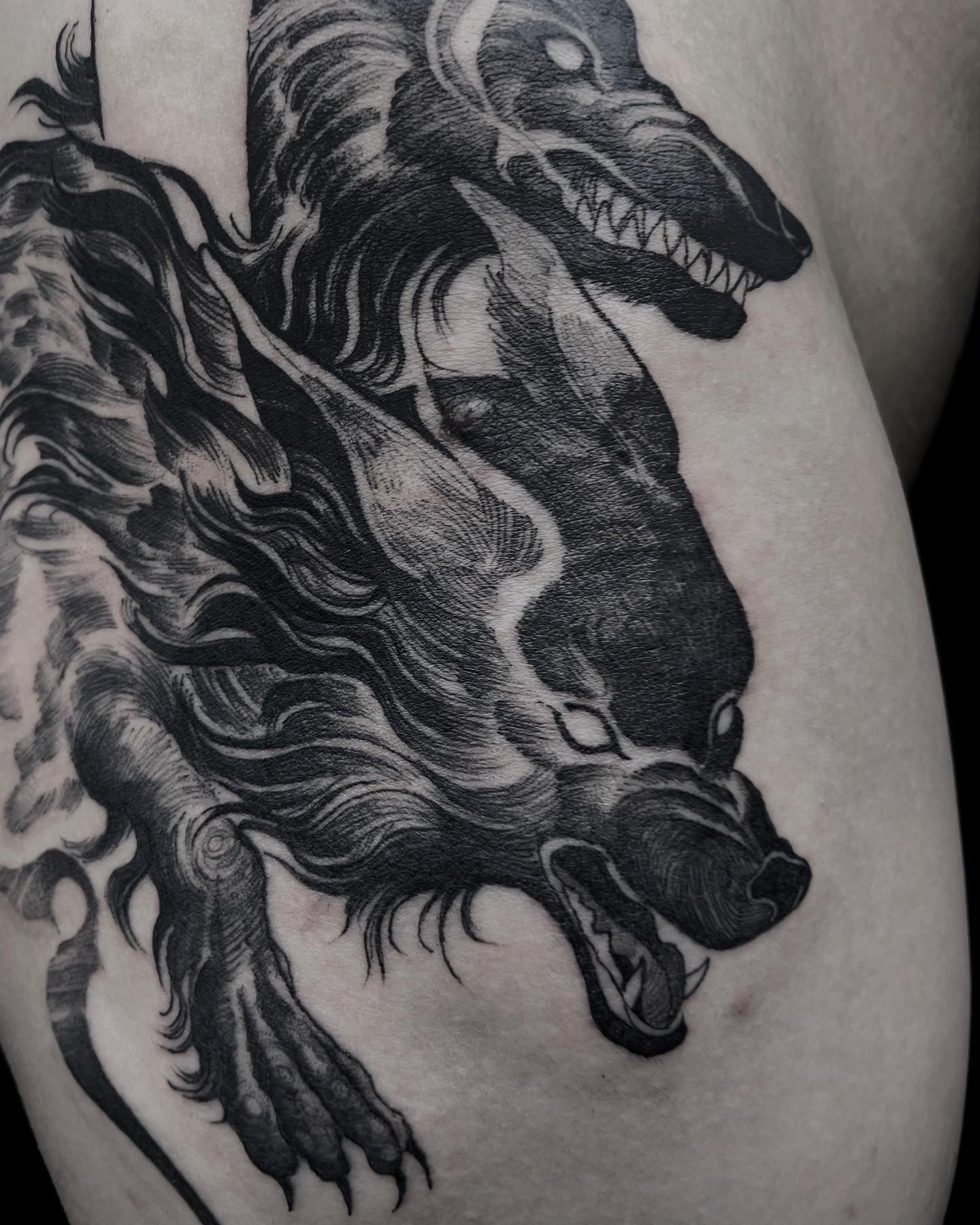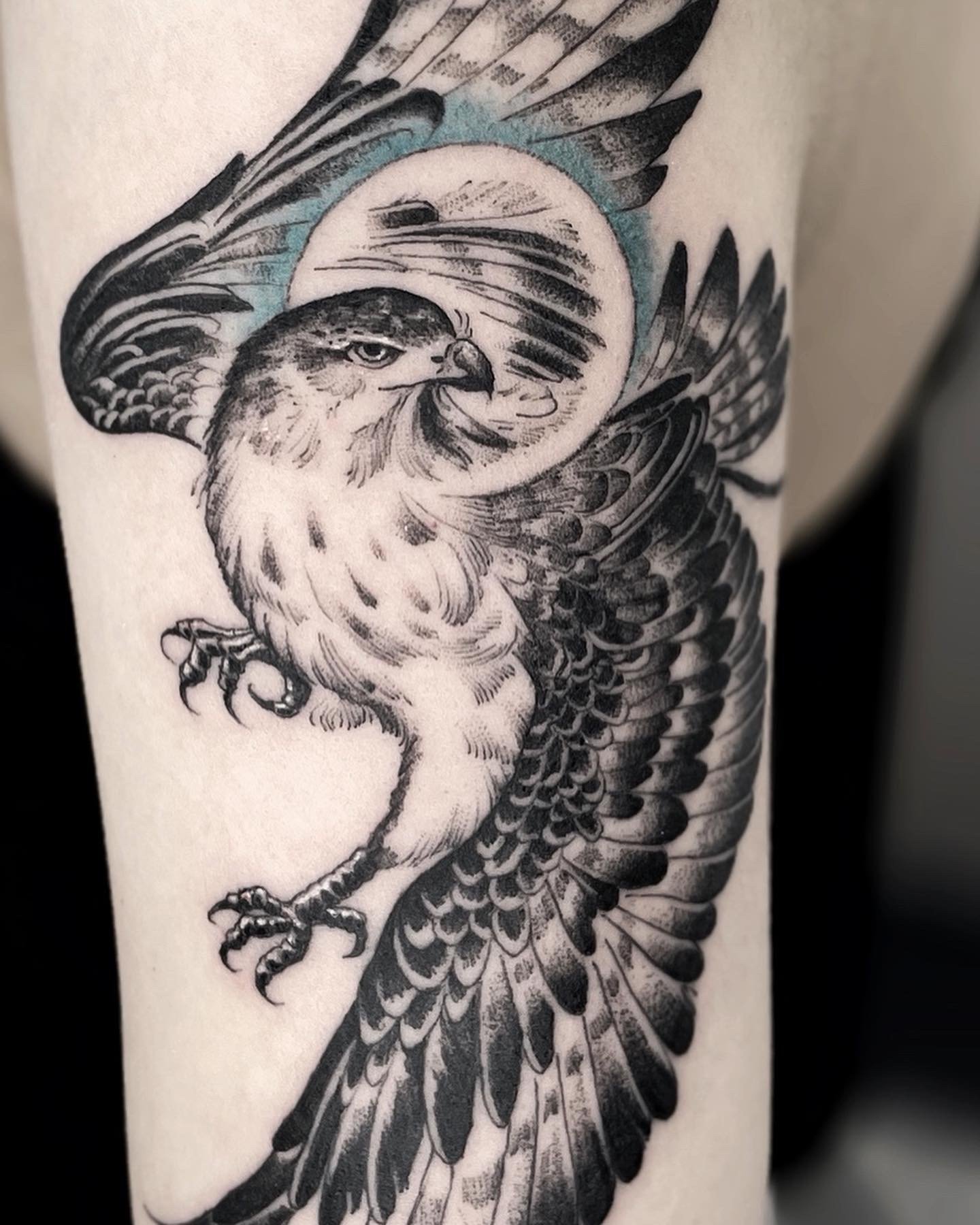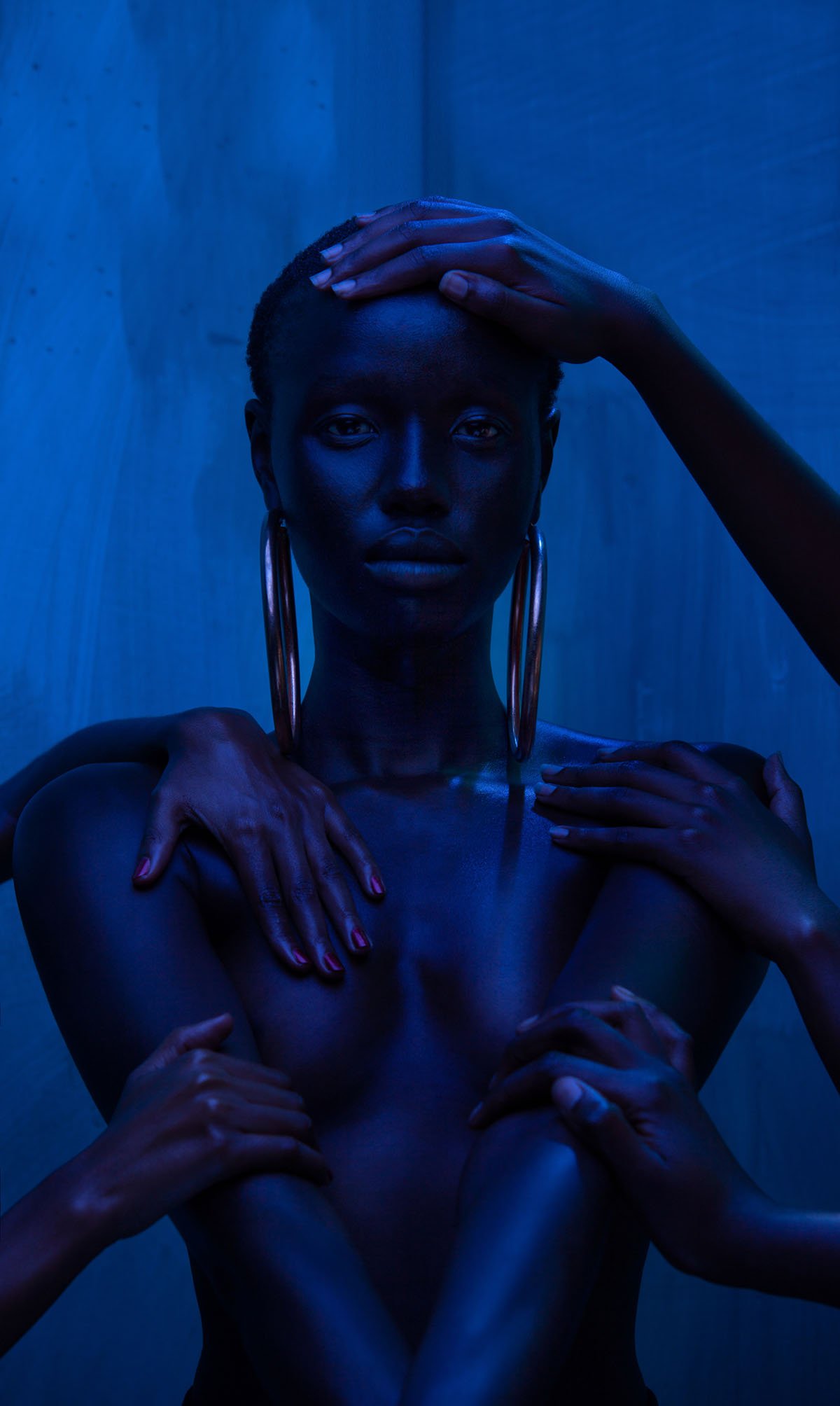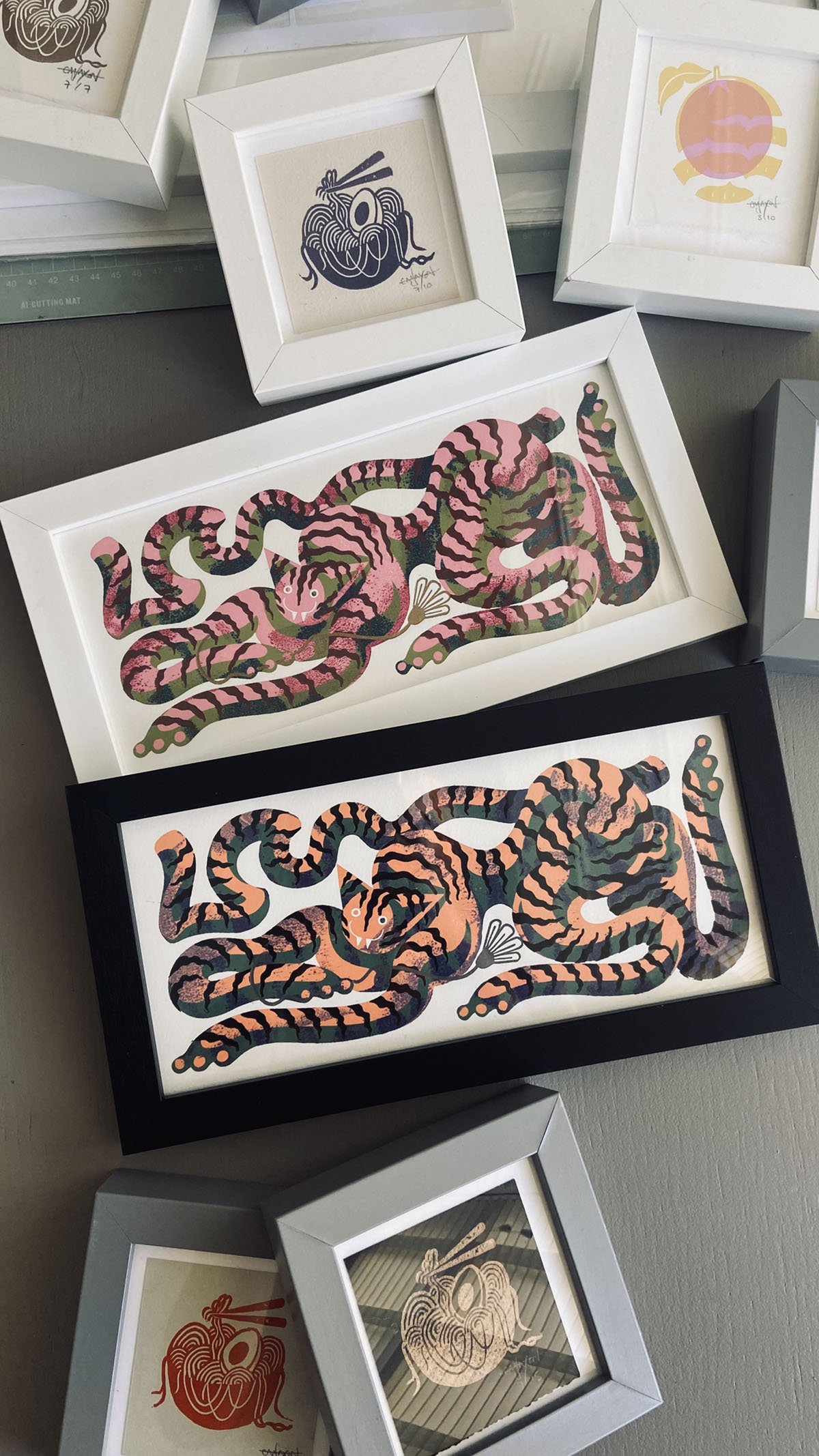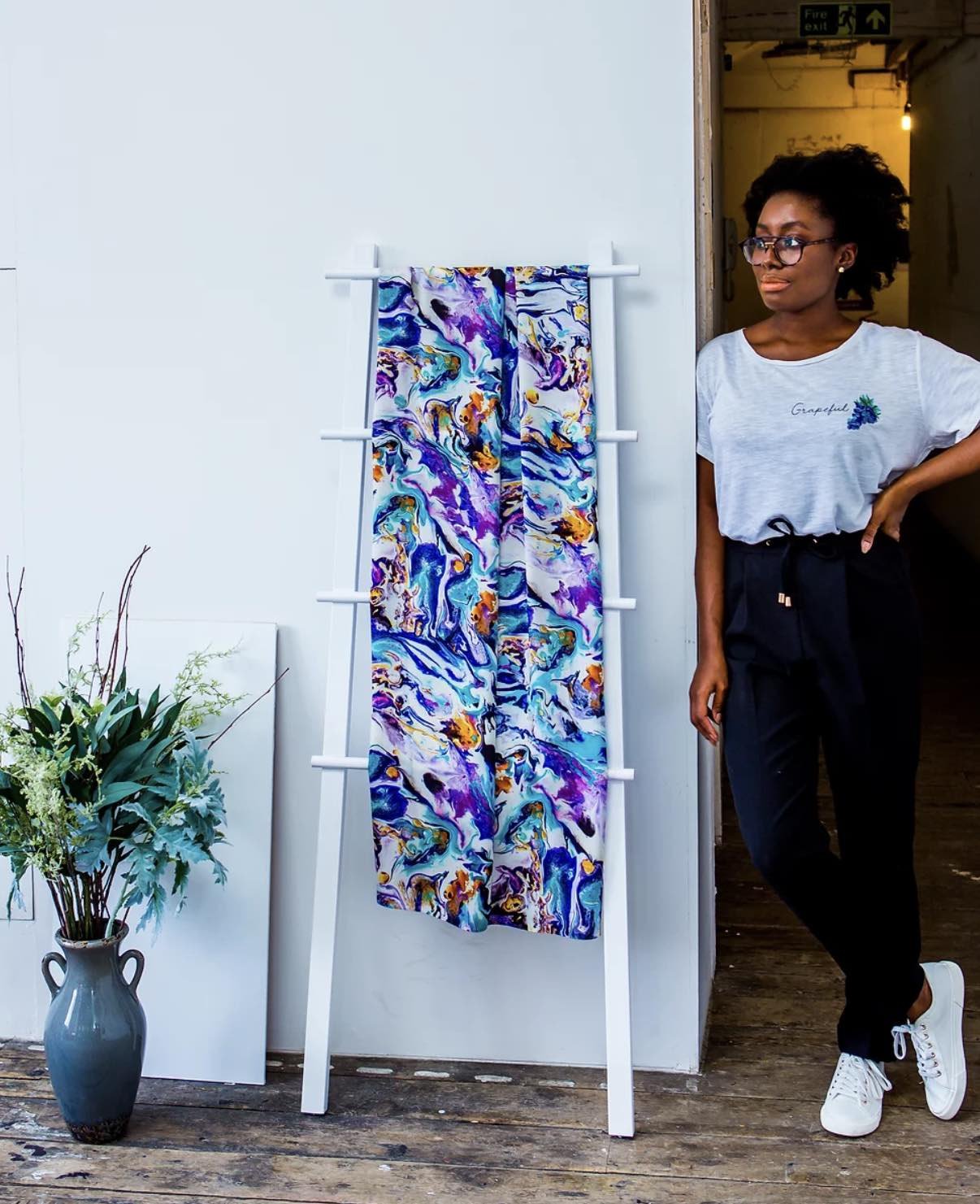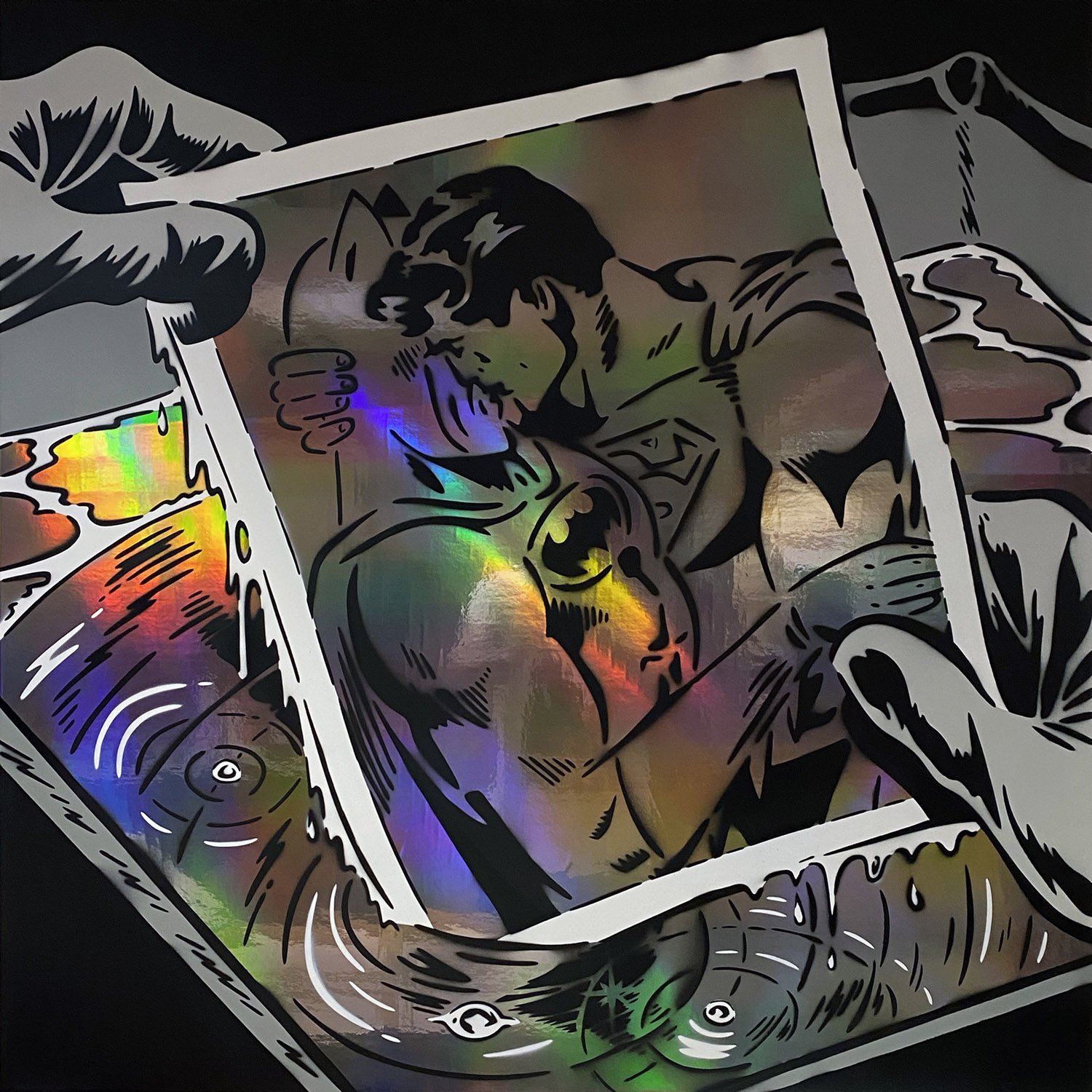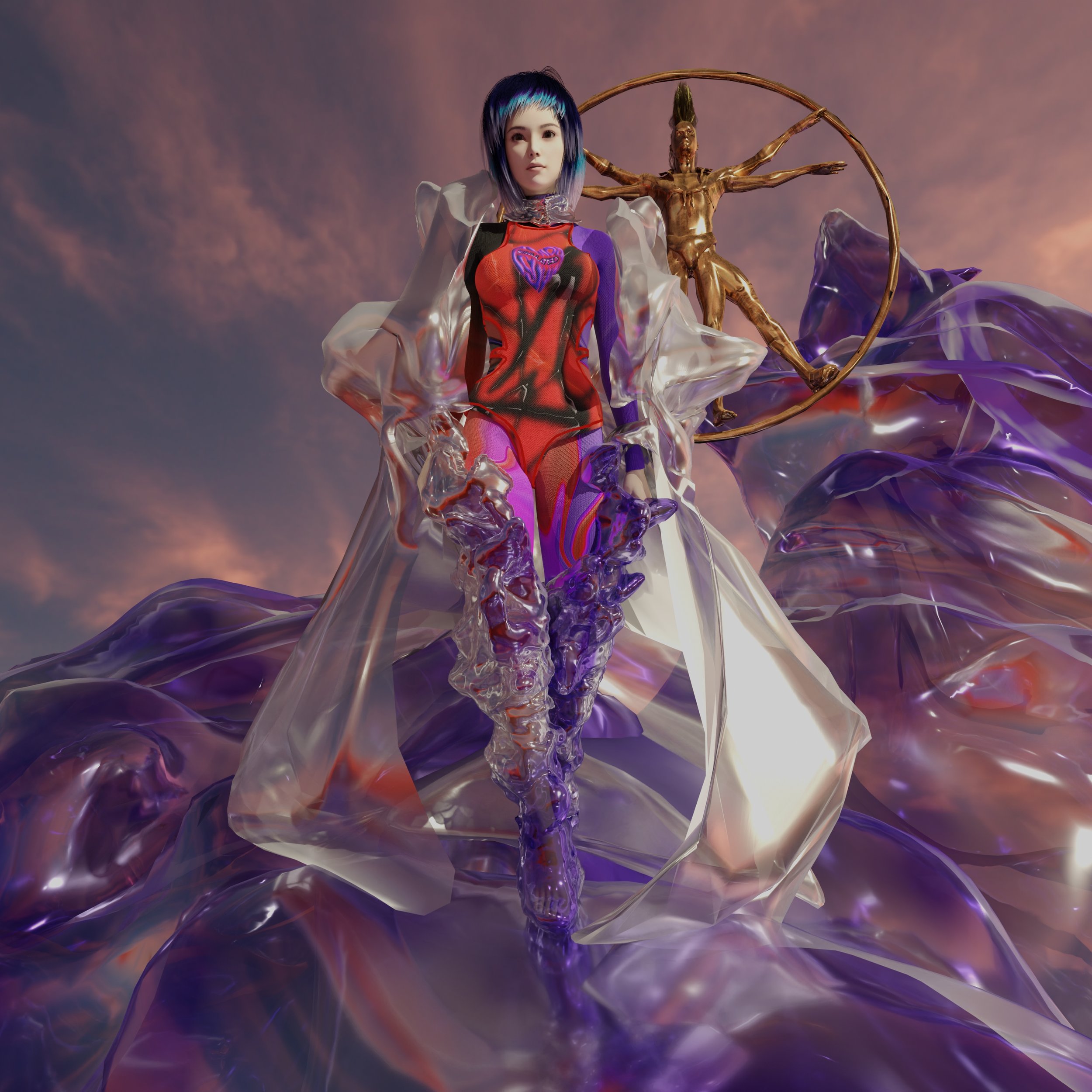When tattoo art meets ecology: In interview with Natasha Thirlwell
About
Tattoo artist Natasha Thirlwell seeks to combine her profession with her passions for ecology and the natural sciences. We find out about her thought process when it comes to shaping this bridge, as well as her outlook and ambitions using tattoo art as a healing and therapeutic form of creativity.
Share this article
Hi Natasha, Please tell us more about yourself and your journey into tattoo art.
I am a tattoo artist from Hong Kong, also a shy introvert who loves anime and games ( ・`ω・´). When I was still a little kid I always played in the forest and sea. Growing up with beautiful life forms around me, I gradually developed a fond interest for natural science. I wanted to be a scientist, so I completed my degree in Ecology & Biodiversity / Marine Science / Psychology at The University of Hong Kong (which often surprises my customers as I never had any form of regular art training! Yet I’ve loved drawing ever since I was 2 years old, and I never stopped drawing until now).
However, many things happened to me and Hong Kong during 2018-2019, which greatly reshaped my career path. I decided to go for a path which could make my works and ideas more visible to people, whilst also having greater flexibility in working hours and locations. I also discovered tattoo art’s magical impact on people’s mental health: to me it’s even therapeutic in some cases. Through the process of communication, understanding my clients’ thoughts and feelings, helping them give these thoughts order and clarity, and finally transferring them into tangible art & symbols on their own skin – tattoo helps people to express themselves. It’s also always very encouraging to me when I see my clients feeling better and loving themselves more after tattooing! I wish everyone could get closer to who they want to be.
“I wish everyone could get closer to who they want to be.”
Your illustrations feel beautifully dark, mystical and magical. can you share how you begin a new piece and where you look to for inspiration?
I am the kind of person who always has many thoughts running through my head all the time, and sometimes inspiration just happens. Other times something might trigger me – for instance a meaningful talk with someone, seeing something beautiful, feeling the wind in my hair, life events, listening to music or reading. However when I desperately need to find inspiration, nature always gives me the most ideas: I’ll just look at how leaves are grouped in amazing patterns, how water shines in brilliant blue, how lives speak their stories of survival…
I spend most of my time organising and picturing compositions and elements in my head, before finally drawing them out. However things do not always go to plan, and sometimes I may need to redraw the whole thing if a piece does not meet my own expectations.
How does your passion and knowledge for ecology and the environment manifest through your art?
I often try to create art related to ecological concepts, like the decomposition of fungi and the nutrient cycle, adding in a little mystical touch like life and death (which is also a part of ecology actually). I also have a stubborn insistence on the scientific accuracy of species’ appearance sometimes! Throughout my studies at university I realised there is a knowledge gap between academia and the general public – in which latest knowledge gained by academics often doesn’t effectively pass onto general public through traditional education since academics always focus more on research than publicity – therefore I am always thinking of how to make my art bridge both two sides.… still working on it.
“Throughout my studies I realised there is a knowledge gap between academia and the general public, therefore I am always thinking of how to make my art bridge both two sides.”
Tattoo, identity and self-expression are intertwined. How do you find the balance between creating a personal piece of art with helping your clients express themselves through your tattoo work?
Thankfully most of my clients know my style well before reaching out to me, which makes me easier to incorporate it with their thoughts into tattoo designs. In my case, the structure of a custom-made design is as follows: my clients’ thoughts and ideas are the “dots” and my personal input is the “line”. Creativity is needed to link up different ideas and elements: there is plenty of room within these “links” for me to put in my own personal thoughts and interpretations. But for tattoo flashes, it will be solely my original ideas.
You’re a multi-disciplinary artist working across tattoo, illustration and photography. How important is versatility to you as a creative person?
To me art is about thinking and expression, which can be executed across all mediums. I like to play around with different mediums, just like a mad scientist messes around with different chemicals to see what might comes up. Sometimes unpredictability can add spice to the artwork itself, and even inspire my next piece using another medium. The skills needed for working with specific mediums can sometimes benefit one another too, for instance lighting skills in photography vs creating contrast in a drawing.
What does creative collaboration mean to you?
That’s a concept less familiar in Hong Kong, where most employees still work under strict hierarchy and regulations (which I am trying my very best to run away from). People here are more like machines taking orders and the working atmosphere discourages individuality. Hong Kong people, thus, are very productive – yet don’t expect innovation to bud here.
However, in my opinion innovation is becoming more important than purely productivity in the digital era. Creative collaboration eliminates the stress of working under the hierarchy and encourages the exchange of thoughts equally and openly, which I truly like. Also, free exchange of thoughts within a group can help us get more feedback, open up perspectives, and collectively gather more information on a project – which is great.
What are your ambitions as a tattoo artist? do you have any plans to expand your art into new mediums and techniques?
Like what I have said before, I wish to incorporate more natural science knowledge into my art. Recently I’ve also been thinking of topics related to bodily autonomy and how the physical aspect of one’s body influences its psychological state.
I experienced a traffic accident last year, and my body changed forever. I have scars and bones awkwardly positioned. Although I have recovered functionally almost 99%, I can feel the permanent change within my soul when I face those physical changes on my body, like I started to hate myself more at times because of these imperfections and I feel less confident even functionally. To face these emotions, I started to think of the relationship between body and mind. How does the body shape the mind? Can we nourish our minds by altering our bodies? What is the role of tattoo here? How does other alterations and motion control on body (both temporary and permanently, like makeup, Shibari, or even BDSM) affect peoples’ mental state? I just have all these wild thoughts in my head which I may experiment with one day.
“I wish to incorporate more natural science knowledge into my art. Recently I’ve also been thinking of topics related to bodily autonomy and how the physical aspect of one’s body influences its psychological state.”
How do you see your creativity evolving with the world becoming increasingly digital?
Digital communication eliminates geographical barriers, which helps the exchange of thoughts across even broader areas. We are able to look at more works from great artists around the world now, and even interact with them, which definitely facilitate creative exchange. I love meeting different artists online, and I wish to collaborate with more people across the globe if given a chance in the future! I love possibilities. ✺
Find Natasha online
@nightgarden_tattoo

